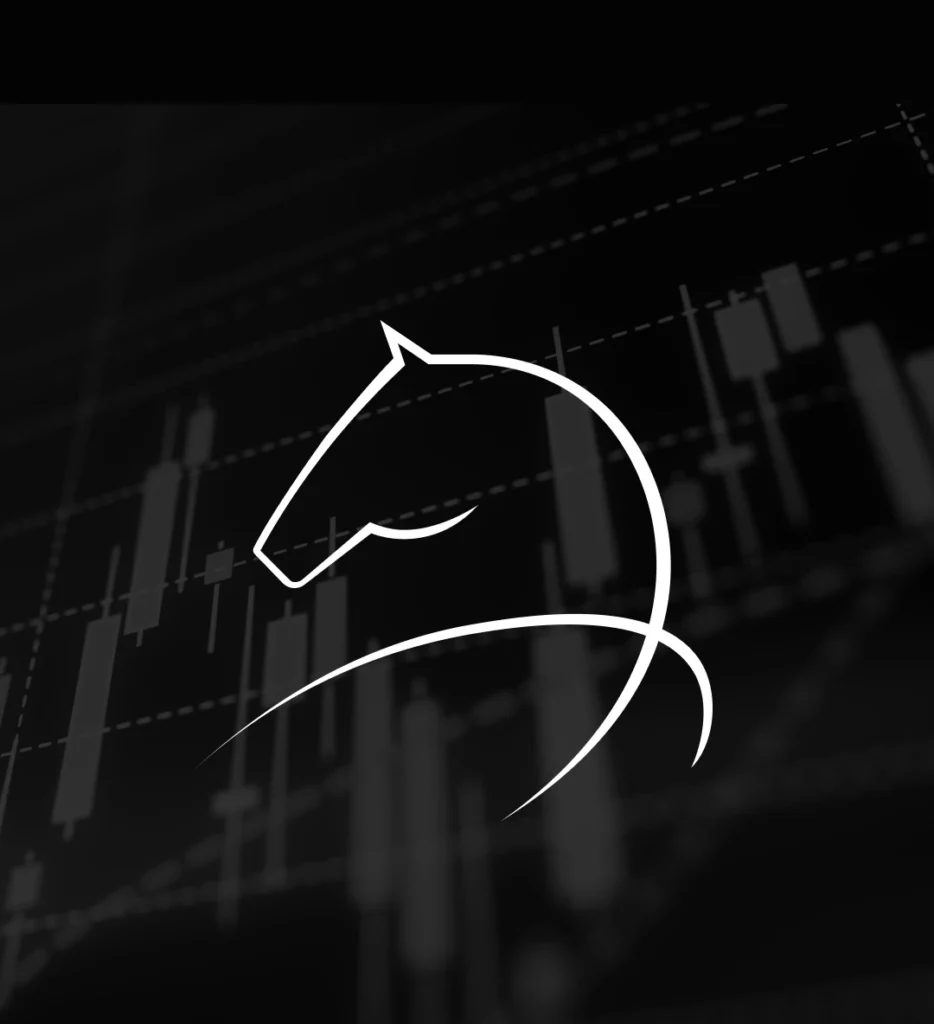Simple rate vs Annualised rates -Business Loan Interest Rates Explained
To effectively compare your loan options it’s important to know that commercial loan interest rates can come in different forms in Australia. The most common commercial loan interest rates are an annualised percentage rate that’s calculated on a declining balance and a simple rate that’s calculated on the entire loan.
Consider you’re looking at a $250,000 unsecured business loan paid back over a loan term of 12 months. Both lenders are reputable and have a track record of approving the loan amount you are seeking. The only discernible difference you can tell is the first lender is offering a simple rate of 10% per annum, the second lender offers an annualised percentage rate (APR) of 12% per annum against the reducing balance. Getting the right option from the two commercial loan interest rates is important as the wrong decision could cost you in the long run.
The use of simple rates in business lending is common but they calculate interest differently to annualised percentage rates that you would expect to see from a bank and some other lenders. In this article we explain how these different types of interest rates work in practical terms, which loan types they’re most commonly used for and also cover factor rates and how they could be used by some lenders to obscure the real interest cost of your small business loan.
Get the best interest rate for your business loan
What are the 3 different types of business loan interest rates?
For the purpose of this article we’re going to focus on annualised percentage rate against a reducing balance, a simple rate and a factor rate.
How does an annualised percentage interest rate on a reducing balance work?
In basic terms an annual percentage rate refers to the total cost of the loan. An annualised percentage rate (APR) on a declining balance, like you would expect with a mortgage, is a rate of interest calculated on the daily outstanding balance of your business loan. As your APR is calculated daily, as you make payments that lower the principal debt owed, each instalment of interest becomes smaller.
Consider the example of an unsecured loan of $250,000 with an APR of 12% paid back over a loan term of 12 months. In this scenario your repayments, broken into interest and principal amounts could be charged like this:
| Month | Interest | Principal | Ending Balance |
| 1 | $2,500.00 | $19,712.20 | $230,287.80 |
| 2 | $2,302.88 | $19,909.32 | $210,378.48 |
| 3 | $2,103.78 | $20,108.41 | $190,270.07 |
| 4 | $1,902.70 | $20,309.50 | $169,960.57 |
| 5 | $1,699.61 | $20,512.59 | $149,447.98 |
| 6 | $1,494.48 | $20,717.72 | $128,730.27 |
| 7 | $1,287.30 | $20,924.89 | $107,805.37 |
| 8 | $1,078.05 | $21,134.14 | $86,671.23 |
| 9 | $866.71 | $21,345.48 | $65,325.74 |
| 10 | $653.26 | $21,558.94 | $43,766.80 |
| 11 | $437.67 | $21,774.53 | $21,992.27 |
| 12 | $219.92 | $21,992.27 | $0.00 |
You can see that in each repayment the interest paid reduces each month and becomes less and less as the principal debt is paid off. Total interest paid at 12% on the whole loan is $16,546
If you’ve ever had any consumer debt you will be familiar with an APR rate as lenders offering home loans and personal loans calculate their interest charges in this way. Banks will often calculate interest in this manner and some unsecured lenders will do so also but many do not.

How does a simple interest rate work?
A simple rate, as unsecured lenders and private lenders use, is an interest rate that is calculated by multiplying the interest rate against the principal amount you borrowed. This differs from the APR calculation on a declining balance because it’s calculated once on the maximum outstanding balance and the amount of interest charged in dollar terms remains the same even while you pay off the loan.
Simple rates are often calculated on unsecured loans, private loans and equipment finance.
Consider again our earlier scenario, a $250,000 unsecured small business loan, paid back over a 12 month term, with a simple rate of 10% in Australia, here’s what the interest calculation looks like:
$250,000 x 10% = $25,000.
You can see here the formula for calculating the interest is the simple interest rate multiplied by the principal debt or 10% X $250,000 which equals $25,000. This amount is added to the principal debt and divided by 12 to get your monthly instalment amount.
You can also see that at $25,000 interest you pay significantly more with a simple rate of 10% compared to our earlier example with a rate of 12%.
Please note to make our point easy to understand the scenario does not include any other fees or charges that can be a normal part of your loan schedule. You should be aware business loans will often have other charges to consider like establishment fees, monthly fees and other fees no matter whether you’re looking at private loans like second mortgages, unsecured overdrafts, equipment finance or business loans offered by major banks.
What are factor rates?
Factor rates are really just simple rates expressed as a number rather than a percentage. A simple rate of 10% will be represented as a factor rate of 0.1 (10/100=0.1)
Factor rates are important as they’re used by lenders, particularly lenders that specialise in distressed lending, potentially to obscure the real cost of a loan and make comparison difficult. Because those seeking small business loans for bad credit could be needing a fast business finance solution, they may not recognise they’ve been given a factor rate as high as 1.46 which is the same as a simple interest rate of 146% (yes, there really are unsecured lenders who charge interest rates of 146%).
Choosing the right loan type for your business
Not knowing the difference between annualised percentage rates, simple rates and factor rates, which are all used in small business lending, can cost you real money by paying more interest than you should. If you’re paying more interest on your unsecured business loan, equipment finance or chattel mortgage you’re negatively impacting your business cash flow and forcing your business to carry an unnecessary burden. It’s also important to remember that interest rates are just one part of assessing different loan options.
When selecting your small business loan and navigating business loan interest rates, get the right loan option and talk to an expert at darkhorsefinancial.com.au.

Commercial Lending Solutions For Your Business
OVERDRAFTS | TERM LOANS | UNSECURED LENDING | EQUIPMENT FINANCE | PROPERTY FINANCE | CASH FLOW LENDING | WORKING CAPITAL | BRIDGING LOANS | PRIVATE LENDING
The finance you need to do business the way you want
.





